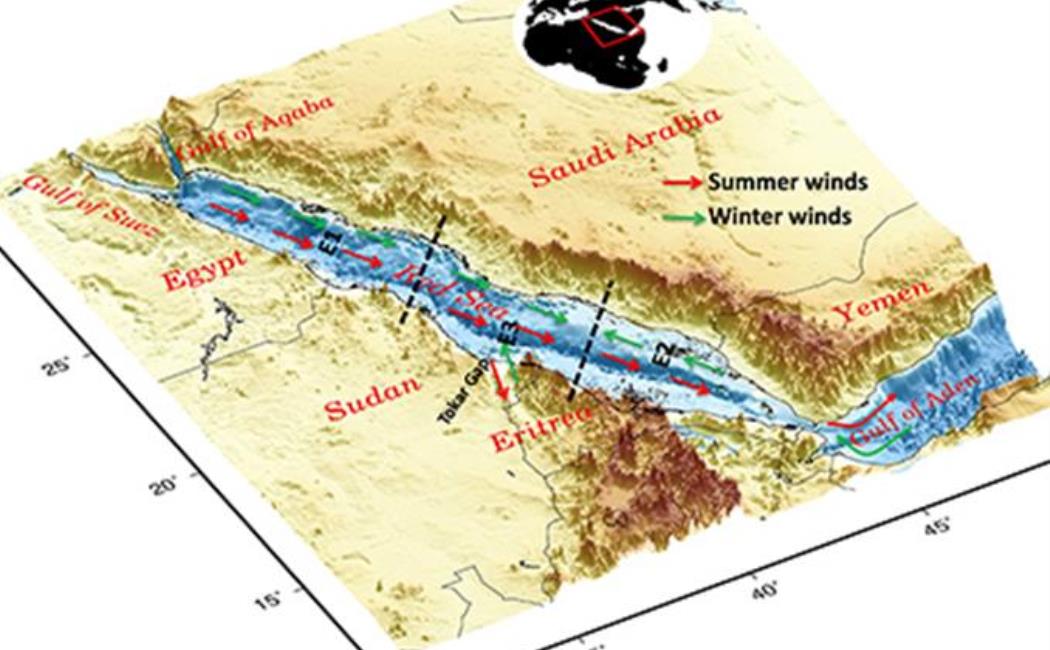

LATEST
NEWS

22 June, 2020
"Extrapolating future climate trends from historical data is more challenging for enclosed seas than it is for open oceans and should be done with extreme caution," according to KAUST ocean modeling expert Ibrahim Hoteit. The finding follows detailed data reanalyses and computer simulations on wind and wave conditions over the Red Sea.
Hoteit and a team of researchers in Saudi Arabia, Italy and Ecuador examined high-resolution global datasets to identify and simulate wind and wave trends over the Red Sea since 1979. They then conducted advanced statistical analyses on lower-resolution data extending back to the beginning of the 20th century to investigate the influence of various global trends on the ones identified in the Red Sea.
“This allowed us to identify potential links with established climate patterns and quantify their influence on the trends identified from the high-resolution data,” explains KAUST research scientist Sabique Langodan.
The team found that the northern part of the Red Sea was demonstrating a clear reduction in the number and intensity of wind and wave events entering it from the Mediterranean since 1979. Further analyses found that this reduction is likely linked to a 70-year cycle in the North Atlantic, known as the Atlantic multidecadal oscillation (AMO). This cycle is expected to shift in the next 30 years, which could suggest that, rather than a continuing decreasing trend, northern Red Sea events will witness a shift, by slowing down or beginning to increase in the coming decades.
Wind and wave conditions in the southern part of the Red Sea are influenced by the winter monsoons from the Arabian Sea. These monsoons, however, are not yet predictable over the long term like the North Atlantic system. Based on their analyses, Hoteit and his colleagues expect that wind and wave conditions in this part of the Red Sea will vary randomly, with their intensity depending on the characteristics of the monsoons.
“It is reasonable to expect that our approach for analyzing trends over the Red Sea could be applied to other enclosed basins as long as it is possible to decompose the various dominant components of climate variability affecting them,” says Langodan.
The team next aims to further understand how large-scale climate variability influences physical and biological interactions within the Red Sea and what are their implications for the basin’s unique marine ecosystem. They also hope that a better understanding of the northern Red Sea climate will help in the design of wind energy farms for the Kingdom’s megacity, NEOM, which is being developed in the area.
-KAUST Discovery